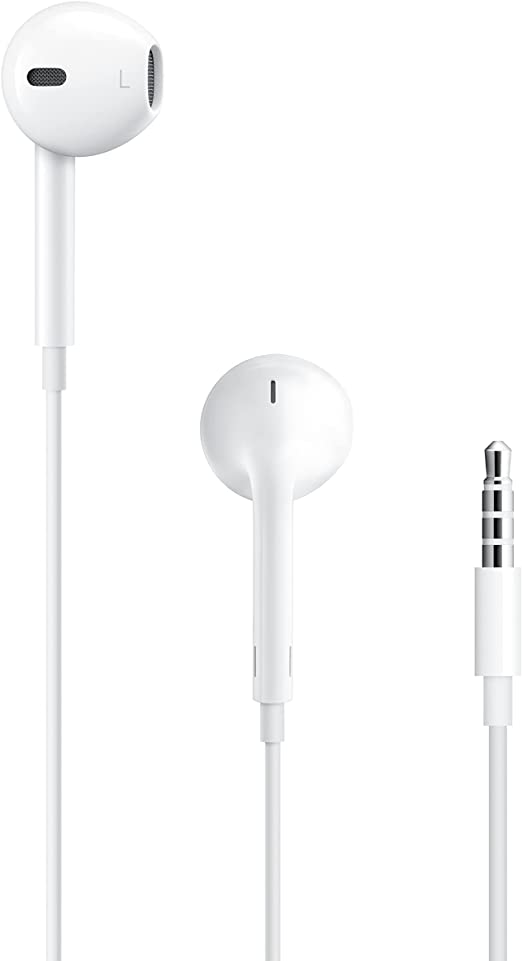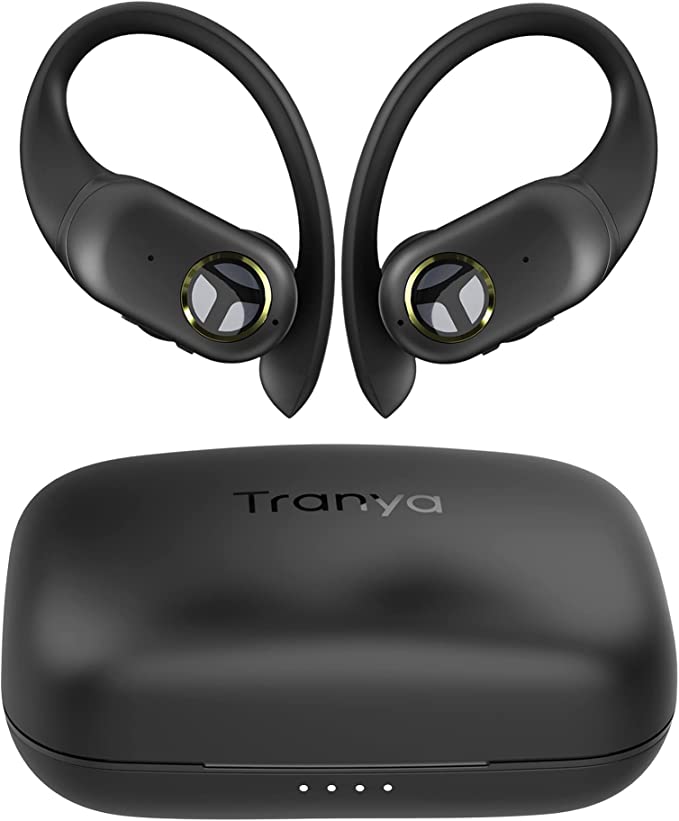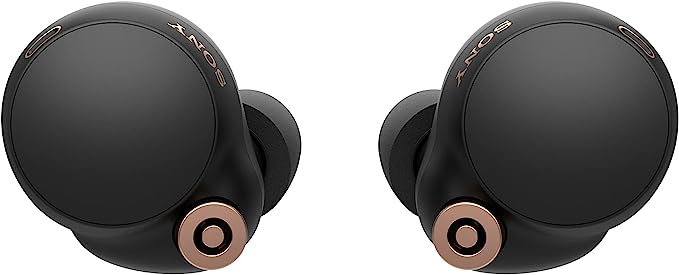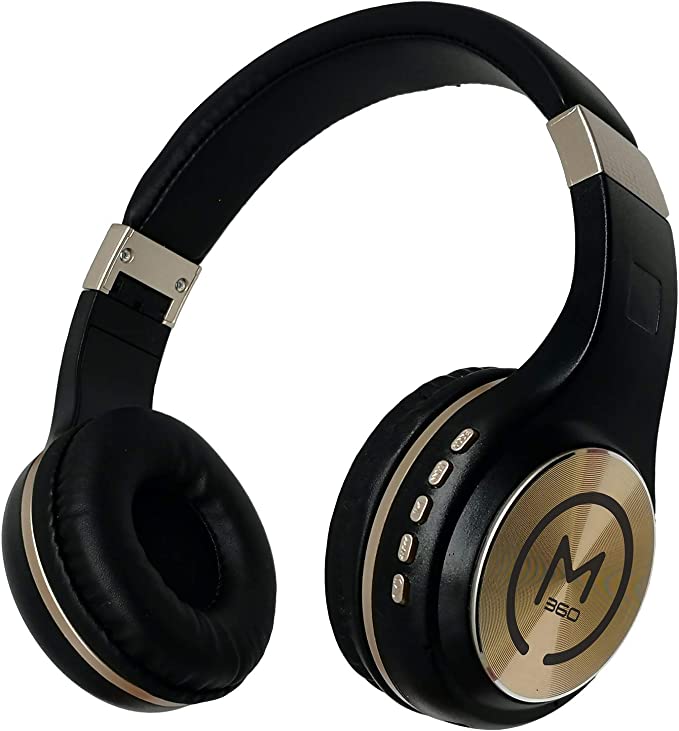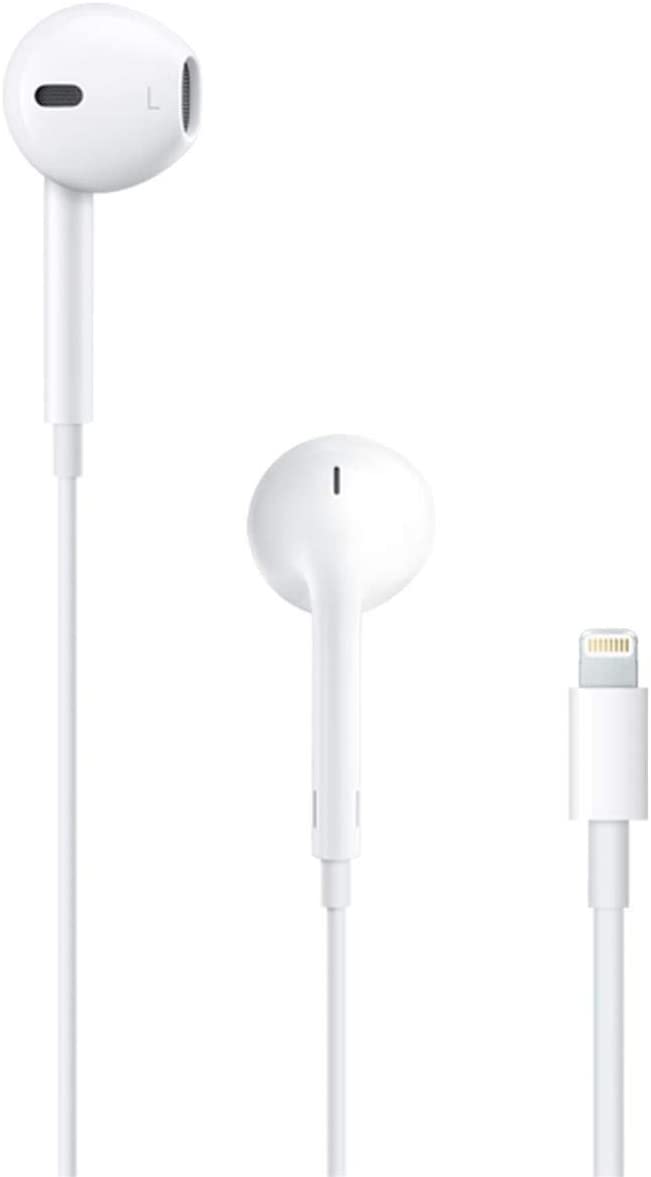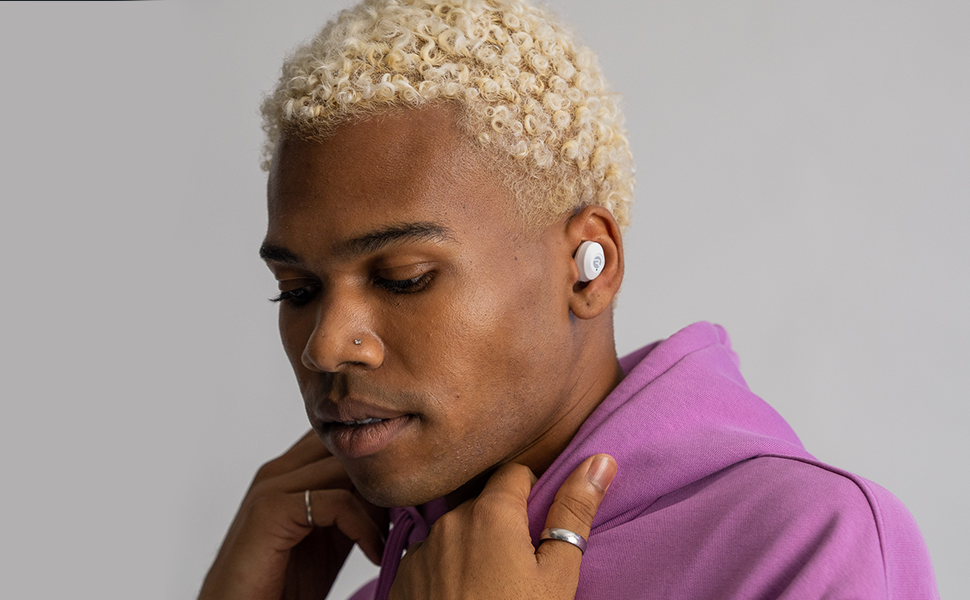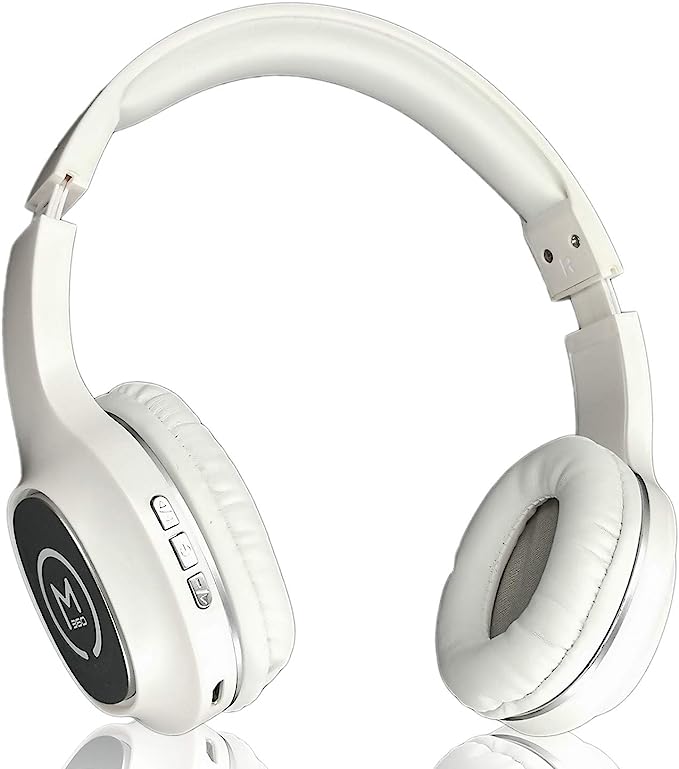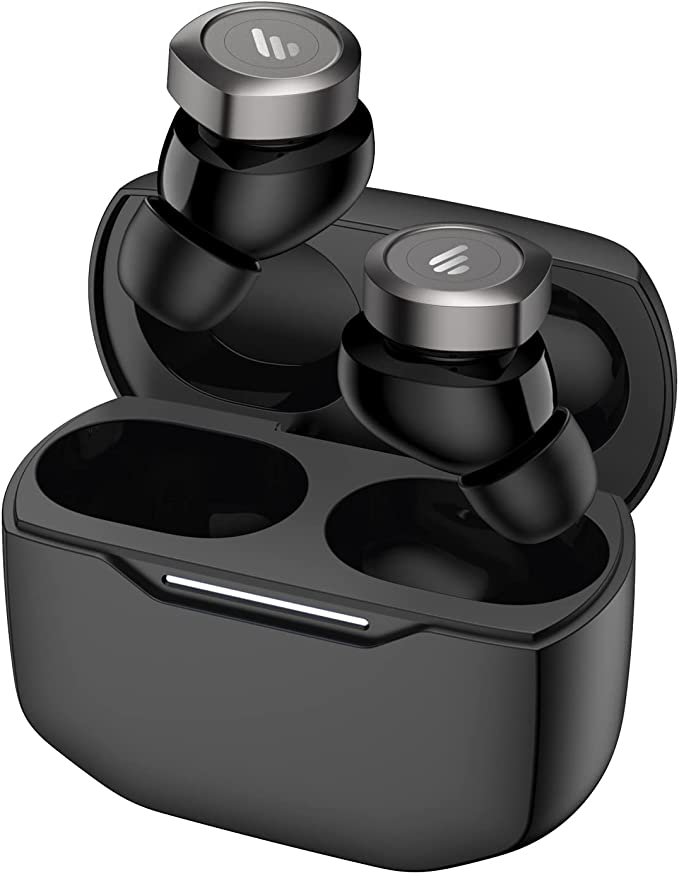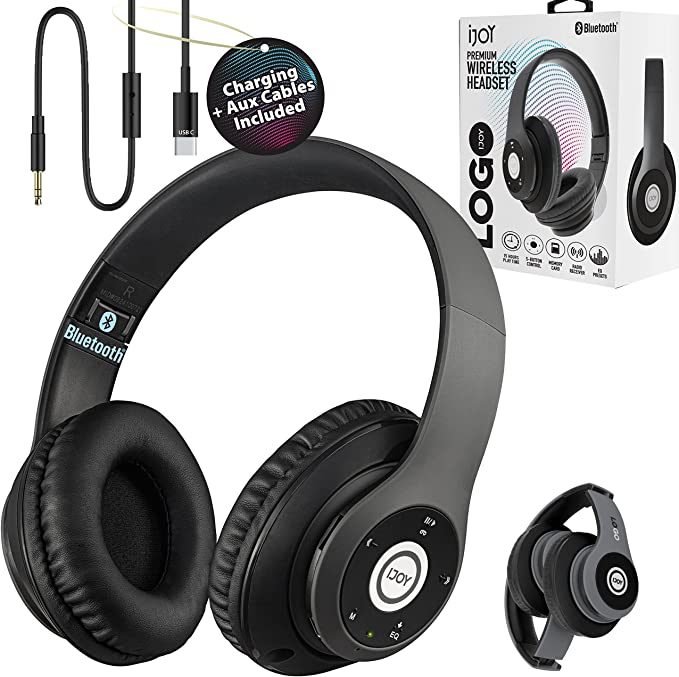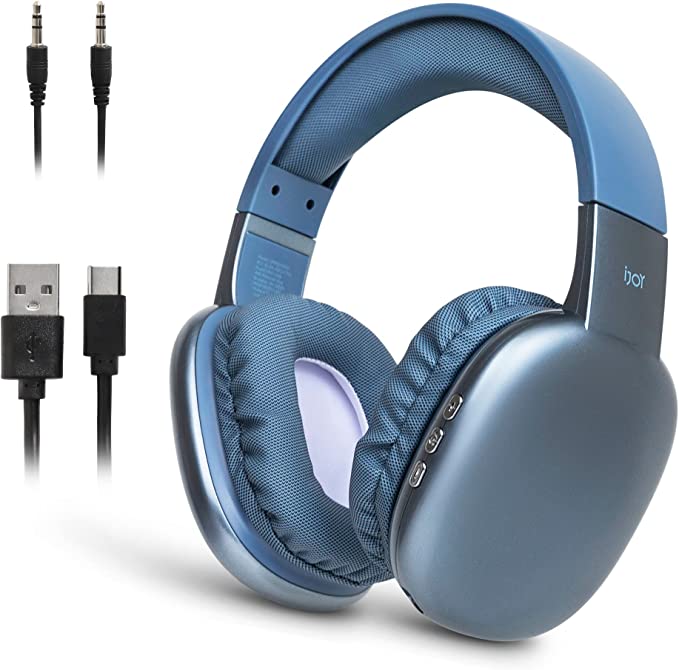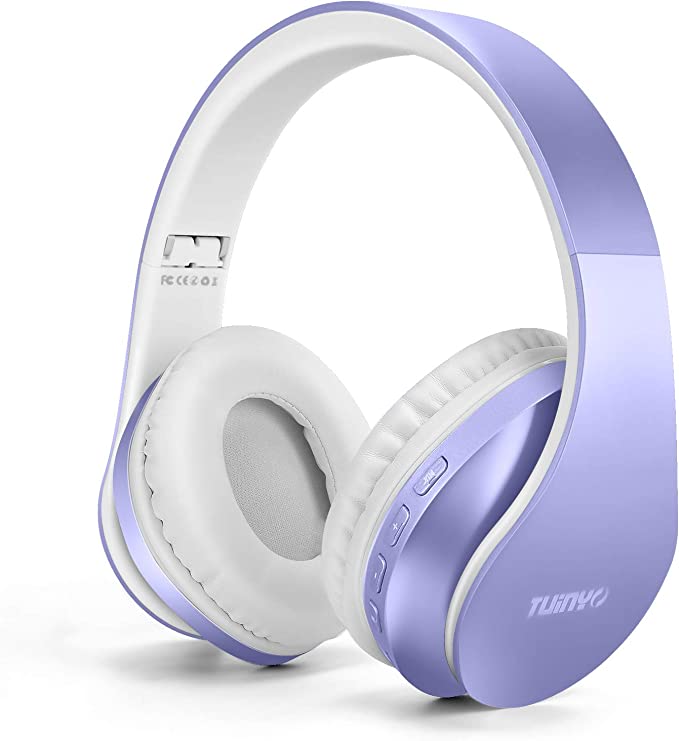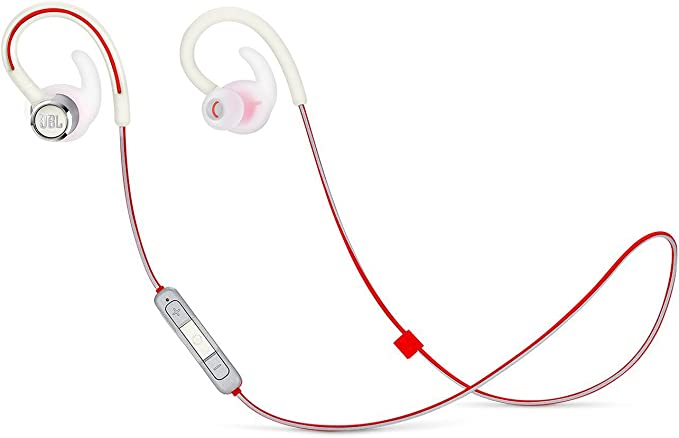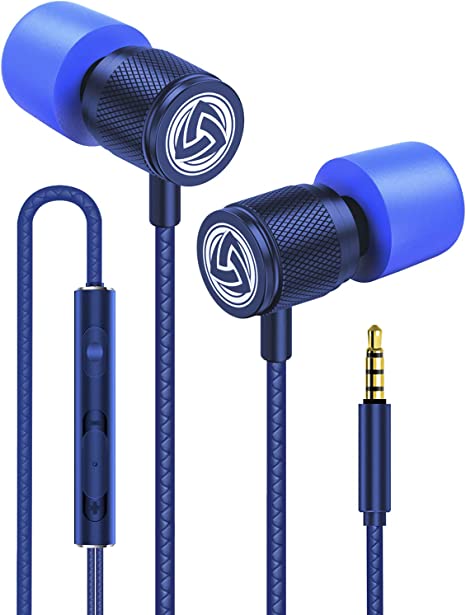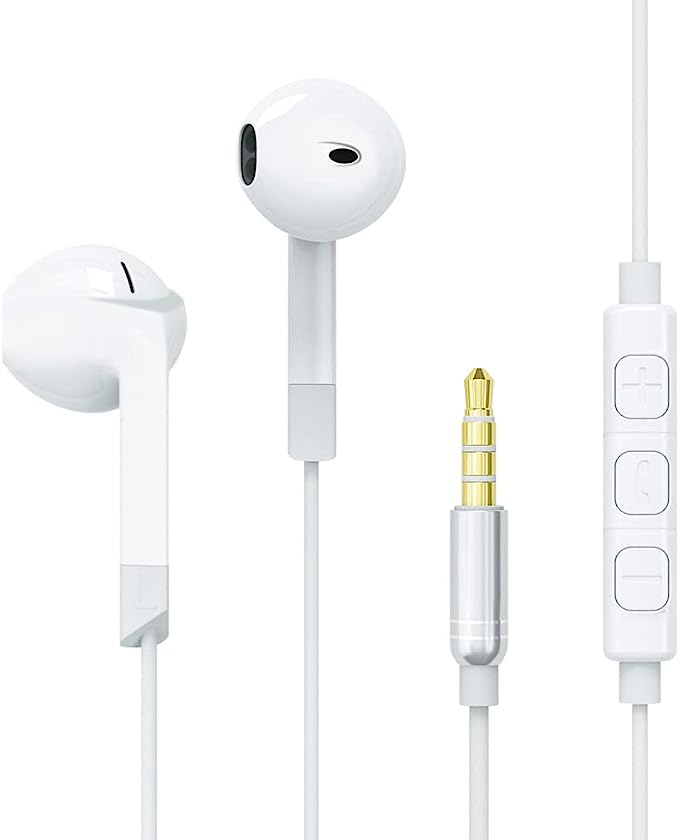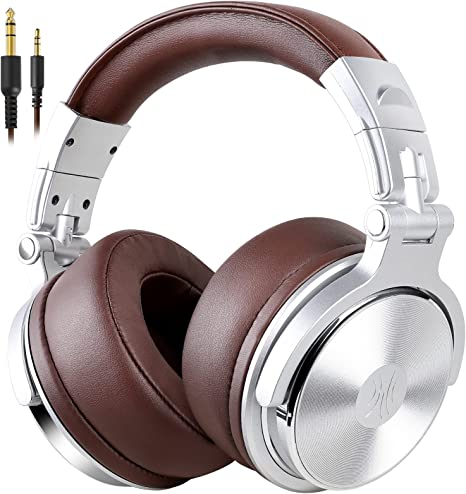Sony MDRE9LP Earbuds: A Pocket-sized Punch of Audio Power
Update on June 27, 2025, 5:24 p.m.
In the ambient hum of a modern café, a familiar tableau unfolds. Laptops glow, fingers tap, and ears are almost universally adorned with sleek, white wireless pods. They are icons of our time, seamless portals to podcasts and playlists. But look closer, in the corner booth, and you might spot an anomaly. A thin black cord snakes from a laptop to a pair of unassuming, almost primitive-looking earbuds. They are the Sony MDRE9LP. In this sea of high-tech, algorithm-driven audio, their presence feels like a glitch in the matrix, a relic from a forgotten age.
And yet, they are not a relic. They are a best-seller. This raises a fascinating question: in our relentless pursuit of the “next” big thing, what essential truths have we left behind? The story of this ten-dollar marvel isn’t about budget pricing. It’s a story about the enduring power of purposeful design, a direct echo from an era that first taught the world to carry its soundtrack in its pocket.
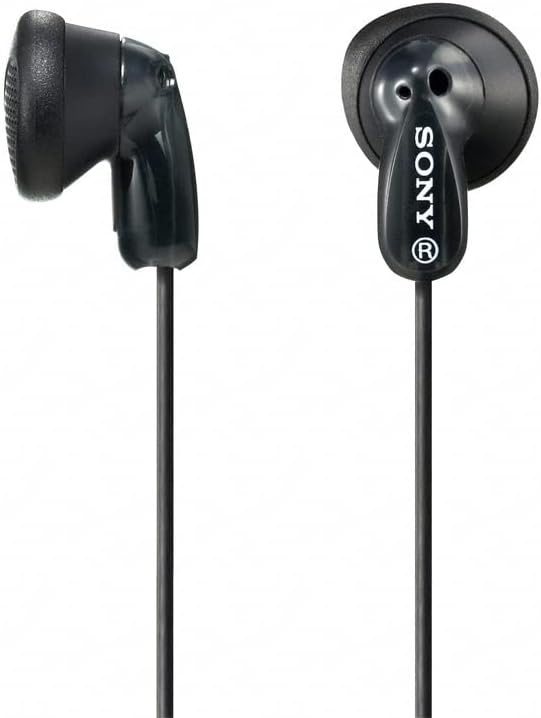
An Echo from the Walkman Era
To understand the MDRE9LP, you have to travel back in time. Picture it: 1979. Sony releases the TPS-L2 Walkman, and in a flash, the entire human relationship with music and public space is rewired. For the first time, your personal soundscape was truly personal, portable, and private. The engineering philosophy behind the Walkman and its accompanying headphones was ruthlessly focused: make it light, make it reliable, and make it sound good enough to be immersive. It wasn’t about a checklist of features; it was about delivering a core experience.
The Sony MDRE9LP is a ghost of that brilliant machine. It carries the same design DNA. It is not built to impress with specifications, but to serve a function with quiet competence. In a world of products screaming for your attention with pairing requests and firmware updates, the MDRE9LP simply asks for a 3.5mm jack and gets to work. It is a product born not from market research about what features to add, but from a fundamental understanding of what can be taken away.
The Anatomy of an Honest Sound
The magic of this device lies not in complexity, but in the masterful execution of basic acoustic principles. To dissect it is to appreciate a form of engineering that prioritizes elegance over extravagance.
The Art of Moving Air
At the core of each earbud is a 13.5mm dynamic driver. In the world of audio, that’s a relatively large engine for such a small chassis. A dynamic driver works like a miniature piston: an electrical signal makes its diaphragm vibrate, pushing air to create sound waves. The larger that diaphragm, the more air it can move with each pulse. Think of it as the difference between painting with a fine-tipped pen and a one-inch brush. The pen is great for sharp details, but the broad brush lays down a richer, more substantial foundation. That larger surface area is precisely why the MDRE9LP can produce a solid, articulate bass response that feels present and warm, not just a clinical thump. It’s not trying to trick your ears with digital processing; it’s simply doing the physics right.
An Invisible, Mighty Hand
Guiding this driver is a neodymium magnet. First commercialized in the early 1980s, these rare-earth magnets were a revolution in miniature electronics. Their magnetic field is immensely powerful for their size compared to older ferrite magnets. If the driver’s diaphragm is a sailboat’s sail and the audio signal is the wind, the magnet is the skilled sailor at the helm. The neodymium magnet’s stronger grip allows it to control the sail’s movements with incredible precision, starting and stopping its vibrations almost instantly. This translates into clearer sound, less distortion, and a nimble “transient response” that keeps music from sounding muddy. It’s an unseen force, a quiet hero responsible for the clarity that so often surprises first-time listeners.
Letting the Sound Breathe
Perhaps the most misunderstood—and brilliant—feature is the “open-air” design. Unlike modern earbuds that seal your ear canal with silicone tips, the MDRE9LP rests gently in the outer ear, allowing air and sound to circulate. This isn’t a flaw; it’s a philosophy. Sealing the ear canal creates a pressurized environment that can lead to an unnatural, “in-your-head” sound. The open design of the MDRE9LP avoids this entirely. It doesn’t try to shut the world out. Instead, it creates a more natural, expansive soundstage, as if the music is in the room with you, not just inside you.
This design acknowledges a simple truth: sometimes, you need to hear the phone ring. You need to hear the barista call your name. You need to be aware of the traffic around you. It’s a design for living in the world, not escaping it. The trade-off is, of course, poor noise isolation. These are not for a noisy flight. They are for the office, the library, or the quiet walk home—places where a little bit of the world is welcome.
The Quiet Genius in the Details
The commitment to practical, robust design extends to the smallest features. Take the L-shaped 3.5mm plug. This is not a stylistic choice. It’s a simple, ingenious solution rooted in the physics of strain relief. A straight plug, when bent in a pocket, concentrates all the stress at one critical point, causing the cable to eventually fray and fail. The L-plug, like a judo master, doesn’t resist the force but redirects it along its stronger, rigid body. It’s a tiny detail that explains why so many users report these earbuds lasting for years.
Then there is the sheer lack of weight. At a mere 6 grams, they are functionally unnoticeable. This isn’t just about portability; it’s about the ergonomics of long-term use. There is no pressure, no fatigue, no sense of having a piece of intrusive technology lodged in your ear. They are comfortable enough to fall asleep with, a use case many loyalists swear by.
Conclusion: The Elegance of ‘Just Enough’
Let’s return to the café. The anomaly in the corner no longer looks like a relic. It looks like a choice. A conscious decision to opt out of the ecosystem of battery anxiety, pairing frustrations, and the endless cycle of expensive upgrades. It represents a different kind of freedom: the freedom from complexity.
The Sony MDRE9LP is a triumph of ‘just enough’. It is the BIC pen of audio—a disposable price for an endlessly reliable tool. It stands as a powerful testament to the idea that the most enduring designs are not the ones that do everything, but the ones that do one thing perfectly. In this case, that one thing is to deliver your music faithfully, comfortably, and reliably, and then, most importantly, to get out of the way and let you listen.
